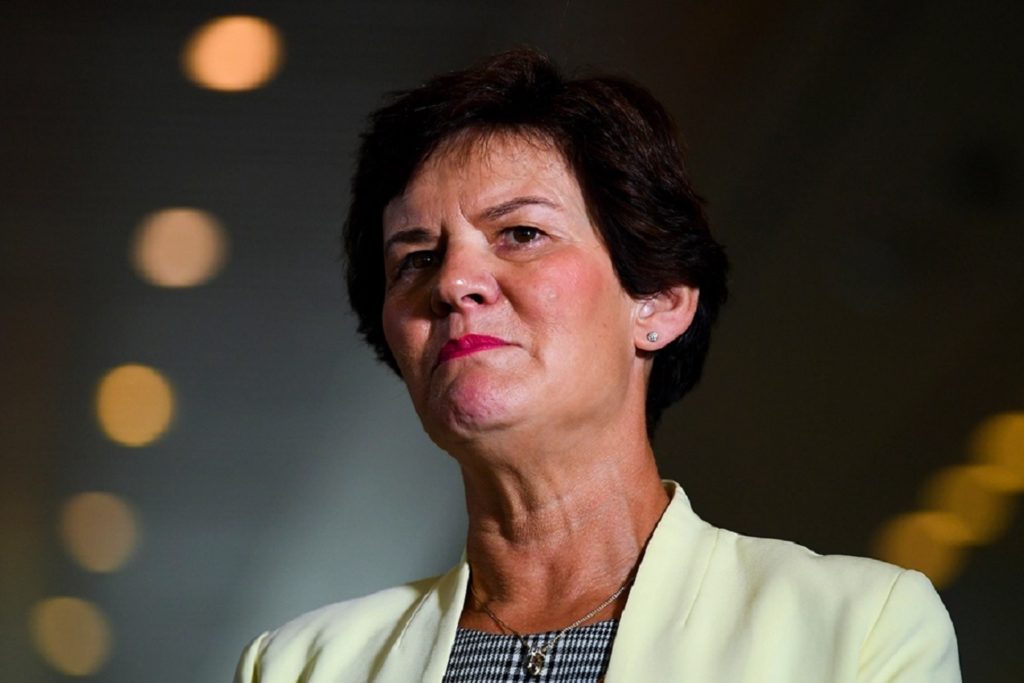More action needs to be taken to address the gender pay gap in Australia as a new report reveals the gap is nearing almost $1 billion per week or $51.8 billion per year.
Released today by KPMG, Diversity Council Australia (DCA) and the Workplace Gender Equality Agency (WGEA), the She’s Price(d)less report is the only analysis of its kind in Australia that evaluates the contributing drivers of the gender pay gap to explain its existence and what needs to be most addressed to close the gap.
Based on WGEA’s workplace survey, data published by the Australian Bureau of Statistics (ABS), and the results of the Household Income and Labour Dynamics in Australia (HILDA) survey, the report explores how the gender pay gap affects five key industries– Healthcare and Social Assistance, Education and Training, Retail Trade, Manufacturing and Accommodation and Food Services.
“Since our last report in 2019, the gender pay gap has remained stubbornly unchanged despite action across the public and private sector to tackle gender inequality,” says KPMG Chairman, Alison Kitchen.
“We must collectively increase our efforts to build a better and fairer Australia.”
Findings show that the gender pay gap remains prevalent regardless of labour force size, gender composition or average rate of pay. Women in feminised industries also face particular barriers to achieving wage parity, with gender pay gaps above the national average and underrepresentation in promotions and key management positions.
Most notably, gender discrimination remains the leading driver of the pay gap, contributing 36% of the $2.56 hourly pay gap. Other key pay gap drivers are caring for family and workforce participation (33%) and the type of job and industry sector of employment (24%).
Revealed in the report are points of opportunity for industries, the government and the community to take action in each of these areas to close the gender pay gap. Some examples include increasing pay transparency, addressing wage inequality in feminised industries and increasing availability of childcare and flexible work options.
Mary Wooldridge, Director of WGEA adds: “Actions employers can take today include undertaking gender pay gap audits and actioning findings, increasing the share of women in leadership positions, and enhancing availability and uptake of parental leave and flexible work by men and women.”
The report also reveals that the glass ceiling remains intact for many women looking to receive equal pay in more senior positions. Women at the start of their career experience a pay gap of 6% but as they progress through their careers to top management levels, the pay gap increases to a high of 18%.
It’s not as if closing the gender pay gap wouldn’t come with benefits for the entire Australian economy either– the report shows that taking the necessary steps to close the gap could generate a potential $898 million per week in national earnings.
“To act with purpose in addressing the gender pay gap now would not only invest in our nation’s future economic prosperity but also help overcome the tough economic conditions we face,” says DCA CEO, Lisa Annese.
“Action now is particularly important for low paying industries where women comprise the workforce majority, such as healthcare and education, which we rely on in our daily lives.”
The She’s Price(d)less report shows that taking greater action to address the gender pay gap is both a collective obligation and an investment in Australia’s economic future.


